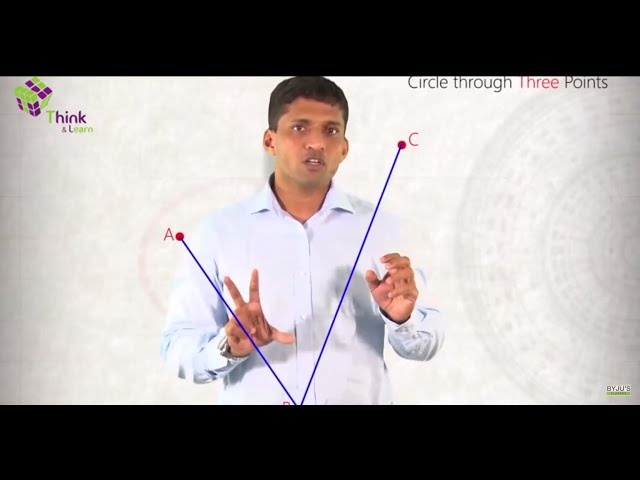
The slope of a line (m) is determined by the value of tan θ, where θ is the angle made by the line with the positive direction of the x-axis in an anti-clockwise direction. The slope of the line passing through two points P (a1, b1) and Q (a2, b2) is given by:
If m1 and m2 be the slopes of two lines. The angle θ between them is given by:
In case of acute angle,
- For parallel lines, m1 = m2
- For perpendicular lines, m1.m2 = -1
Three points A (h, k), B(m1, n1) and C(m2, n2) are said to be collinear if the slope of AB = slope of BC.
i.e.
To get more details on Straight Lines, visit here.
Equation of Line – Different Forms
- The equation of a line parallel to the x-axis and at a distance (p) from the x-axis is given by y = ± p.
- The equation of a line parallel to the y-axis and at a distance (q) from y-axis is given by x = ± q.
- The equation of a line [Point-slope form] having slope (m) and passing through the point (a0, b0) is given by y – b0 = m(x – a0).
- The equation of a line [Two-point-form] passing through two points (a1, b1) and (a2, b2) is given by,
5. The equation of a line [Slope intercept form] making an intercept (p) on the y-axis (slope m) is given by y = mx + p. [value of p will be +ve or -ve based on the intercept made on
the +ve or -ve side of the y-axis].
- The equation of the line [Intercept form] making intercepts p and q on the x and y-axis, respectively, is given by
In normal form, the equation of the line is given by x cos ω + y sin ω = p. Where p = Length of perpendicular (p) from the origin and ω = Angle, which normally makes with the +ve x-axis direction.
The points (m1, n1) and (m2, n2) are on the same or opposite side of a line px + qy + r = 0 if pm1 + qn1 + r and pm2 + qn2 + r are of the same sign or of opposite signs respectively. The lines xm1 + yn1 + o1 = 0 and xm2 + yn2 + o = 0 are perpendicular, if, m2m1 + n2n1 = 0.
| Also Access |
| NCERT Solutions for Class 11 Maths Chapter 10 |
| NCERT Exemplar for Class 11 Maths Chapter 10 |
Straight Lines Class 11 Practice Questions
- Determine the equation of lines passing through (2, 3) and making an angle of 60° with
x-axis. - Determine the equation of a line parallel to the line 2x + 5y = 2 and passing through the point of intersection of lines 12x + 2y = 35 and 4x + 53y + 68 = 0.
- Determine the length of the triangle if the equation of the base of an equilateral triangle is 2x + 3y = 42 and the vertex is (3, -4).
- Determine the value of p and q if the intercepts cutoff on the coordinate axes by the
line px + qy + 3 = 0 are equal but have opposite signs to those cut off by the
line x – 2y + 4 = 0 on the axes.
- Determine the equation of the line if the intercept of a line connecting the coordinate axes is separated by a point (4, -3) in the ratio 2:4.
Also, Read
| Lines | Distance between two Lines |
| General Equation of Line | What are Straight Lines |
Frequently Asked Questions on CBSE Class 11 Maths Notes Chapter 10 Straight Lines
What are straight lines?
In geometry, the notion of line or straight line was introduced by ancient mathematicians to represent straight objects with negligible width and depth.
What is the distance formula?
The distance formula to calculate the distance between two points
What is concurrency?
Concurrency is the concept of executing two or more tasks at the same time.
Comments